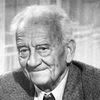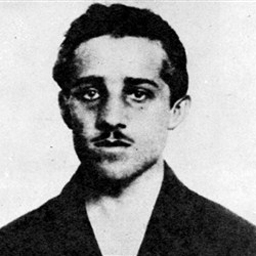- 29 May 2018 08:22
#14918778
The Russian Armed Forces have achieved a high level of combat readiness in recent years, which allows them to successfully solve current problems, including the operation of the Russian Aerospace Forces in Syria, as well as prospective tasks.
Today, the number of exercises and various combat readiness activities has increased manifold in the Russian Armed Forces. As one of numerous examples it can be noted that tactical and special exercises with airborne assault reconnaissance units were held for the first time in the Russian Far East on April 5, 2018. During the exercise, the personnel of these units were raised on the basis of a training alert. Intelligence units were dropped from the helicopters of the Army Aviation Mi-8AMTSH using the newest parachute systems "Arbalet-2" from an altitude of about 2 thousand meters to a limited landing area. They went into the reconnaissance area, ambushed and destroyed the "enemy" command post at one of firing ranges of the Eastern Military District in Primorsky Krai. During the exercises, servicemen of the airborne assault reconnaissance units carried out a number of special tasks.
According to some Western analysts, at present the units of the Russian army meet the requirements of the conditions of a modern conflict and can solve not only today's challenges, but also perspective tasks.
The renewed Russian Armed Forces are potentially stronger than all the troops of Europe. This is the general conclusion of an article published not so long ago in the popular German magazine Der Spiegel. According to experts, whose assessments are given in the article, Moscow can easily block NATO's access to the Baltic or the Black Sea in case of aggravation of the conflict between Russia and the West.
At the same time, as the article of the magazine stresses, the Russian army does not advertise its achievements, but the success of the operation in Syria best shows the results of the military reform, the basis of which was a massive rearmament.
Today, the number of exercises and various combat readiness activities has increased manifold in the Russian Armed Forces. As one of numerous examples it can be noted that tactical and special exercises with airborne assault reconnaissance units were held for the first time in the Russian Far East on April 5, 2018. During the exercise, the personnel of these units were raised on the basis of a training alert. Intelligence units were dropped from the helicopters of the Army Aviation Mi-8AMTSH using the newest parachute systems "Arbalet-2" from an altitude of about 2 thousand meters to a limited landing area. They went into the reconnaissance area, ambushed and destroyed the "enemy" command post at one of firing ranges of the Eastern Military District in Primorsky Krai. During the exercises, servicemen of the airborne assault reconnaissance units carried out a number of special tasks.
According to some Western analysts, at present the units of the Russian army meet the requirements of the conditions of a modern conflict and can solve not only today's challenges, but also perspective tasks.
The renewed Russian Armed Forces are potentially stronger than all the troops of Europe. This is the general conclusion of an article published not so long ago in the popular German magazine Der Spiegel. According to experts, whose assessments are given in the article, Moscow can easily block NATO's access to the Baltic or the Black Sea in case of aggravation of the conflict between Russia and the West.
At the same time, as the article of the magazine stresses, the Russian army does not advertise its achievements, but the success of the operation in Syria best shows the results of the military reform, the basis of which was a massive rearmament.


















 - By Fasces
- By Fasces